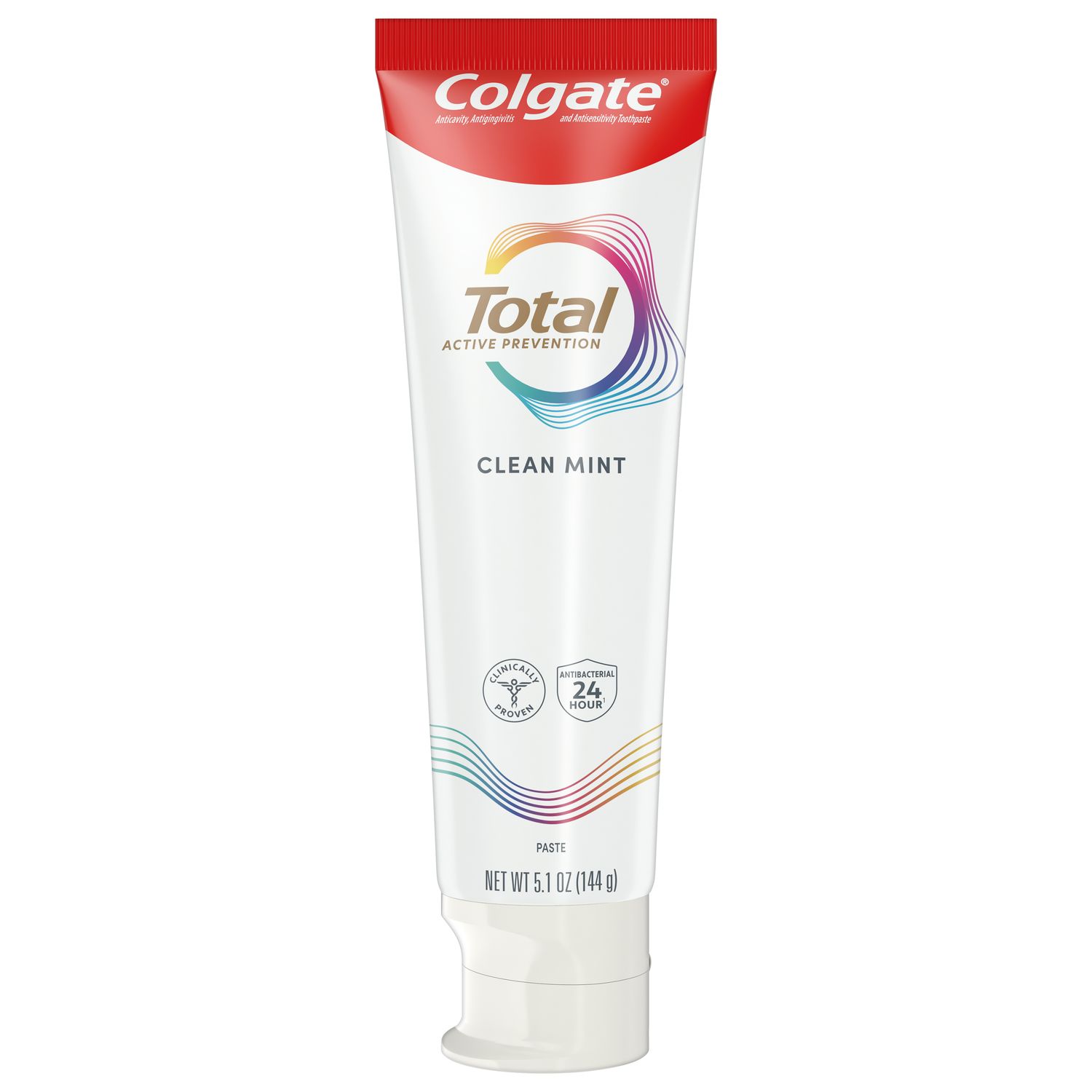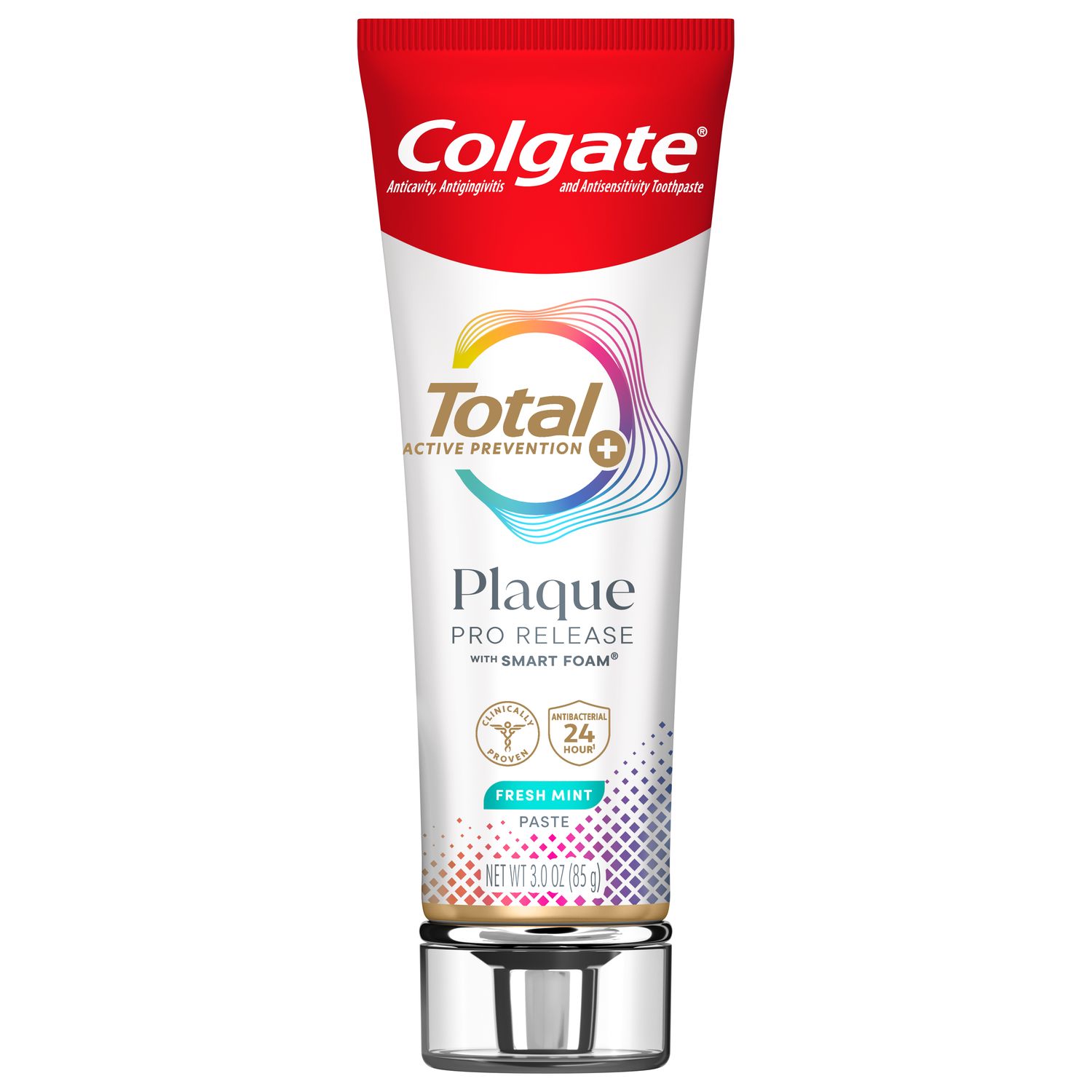
According to a report from the Centers for Disease Control and Prevention (CDC), approximately 47.2% of American adults 30 years-of-age and over are living with some form of periodontal disease. Here, we discuss why periodontal probing is so important in the diagnosis and management of periodontal disease, and how dental hygienists can utilize this tool to full effect.
Periodontal disease and probing
Much of the tissue damage wrought by periodontal disease happens out of sight. It may not always be accompanied by more obvious signs like gingival inflammation or recession, and a visual assessment alone cannot provide the full picture of a patient’s oral health. That’s why periodontal probing is such an invaluable tool in detecting and managing periodontal disease.
Using a probe, you can reliably measure a number of periodontal disease indicators:
Clinical attachment loss
Gingival recession
Periodontal pocket depth
Width of attached gingiva
Furcation involvement
Bleeding on probing
Probing also contributes to accurately staging and grading periodontal disease, and provides baseline periodontal health measures against which disease progression can be monitored and treatments can be evaluated.
Performing periodontal probing
First, assess for gingival bleeding by gently running the probe around the first 2 mm of the gingival sulcus. A review published in Primary Dental Journal notes that pressure above 25g is likely to cause traumatic bleeding to the gingiva, so use as little force as possible.
Use the probe to measure the pocket depth of each tooth at six points:
Three on the facial/buccal surface, to include a mesiofacial/mesiobuccal, facial/buccal and distofacial/distobuccal point.
Three on the lingual surface, to include a mesiolingual, lingual and distolingual point.
Gently insert the periodontal probe into the gingival sulcus, keeping it parallel to the long axis of the tooth and maintaining light pressure. Continue to slowly push the probe until you feel mild resistance, signifying that you’ve reached the epithelial attachment. You can now measure pocket depth using the markings on the probe.
Move the probe around the circumference of the tooth, measuring pocket depth at each of the six sites. Leaving the tip of the probe inside the sulcus as you do this can damage the gingival attachment. Instead, use a “walking” motion, where you withdraw the tip, move it about 1mm along, and re-insert with gentle pressure, repeating all the way around the tooth.
Epithelial attachment is not consistent around the entire tooth, so you’ll need to record the greatest pocket depth of the six for each tooth. You can then use this to determine clinical attachment loss and width of attached gingiva.
When the gingival margin is at the cementoenamel junction, clinical attachment loss is equal to the pocket depth. If the gingival tissue has receded, you can determine clinical attachment loss by measuring the distance between the gingival margin and the cementoenamel junction and then adding it to the pocket depth.
Next, use the probe to measure the total width from the free gingival margin to the mucogingival junction. Subtract the pocket depth to get the width of attached gingiva.
With the information gathered from probing, visual assessments and radiographic imaging, you can stage and grade your patient’s periodontal disease according to this classification system provided by the American Academy of Periodontology (AAP).
Stress to patients the importance of continued periodontal care and encourage them to schedule a follow-up appointment before they leave. At subsequent appointments, repeat the periodontal probing and compare against the baseline measurements to monitor disease status and progression.
Achieving accurate results from probing
There are three elements that affect the accuracy of periodontal probing: tools, technique, and the patient.
It is good practice to develop a standard technique for conducting the periodontal probing, using the same type or model of probe, consistent pressure, and working through the same sequence every time. If there is more than one dental hygienist in your practice, agree on a standardized approach and observe each other to help ensure that you’re working in complete alignment. This promotes a consistent standard of care for every patient, and helps to ensure that measurements related to disease progression are obtained in the same manner if your patient is examined by a colleague in future.
Patients often find periodontal probing uncomfortable due to sensitivity and inflammation, which can make a thorough examination difficult. Try to minimize patient discomfort by using round-tipped probes.
The aforementioned Primary Dental Journal review reported that some examiners unintentionally apply up to 130g of pressure during probing, potentially causing discomfort and sulcular tissue damage and potentially further bleeding. Practice applying the appropriate force using a scientific scale, or use a pressure-sensitive probe that will limit pressure to a comfortable level. Keep in mind that every patient is different, so communicate with your patient throughout to ensure their continued comfort.
Educating the patient
Successful management of periodontal disease ultimately depends on the patient’s willingness and ability to perform adequate oral hygiene at home. We know that patients are more motivated to do so when they understand their condition – how it developed, why their symptoms are happening, how the disease will progress, and how they can shape the outcome.
You can also let your patient observe the periodontal probing with a hand mirror, giving you the opportunity to explain what you’re doing and what your findings mean.
An educational tool like Colgate’s Gum Health Physical can help you to illustrate your patient’s current oral health status and identify areas that need extra attention. You can send the patient home with a personalized report and share interactive tools to help them make positive changes.
The measurements you obtain during probing can also act as a motivational tool for your patients. During follow-up appointments, you can highlight tangible improvements in bleeding on probing, for example, to show your patient that their oral hygiene efforts are paying off.
Finally, you can provide your patients with the home-use products they need to keep periodontal disease under control. Recommend brushing twice-daily, ideally with an app-connected power toothbrush like the Colgate hum. When paired with an app, use of power toothbrushes has been shown to result in significantly greater biofilm and gingivitis reduction than when using their app-free counterparts. You can also recommend an anti-microbial toothpaste, followed by a suitable mouth rinse. Colgate Total SF is formulated to fight plaque-causing bacteria on all surfaces of the mouth and proven to offer superior reductions in gingivitis, and Colgate Total 12 HR Pro-Shield Mouthwash has been shown to kill 99% of bacteria on contact and to help reduce biofilm and gingivitis.
Join us
Get resources, products and helpful information to give your patients a healthier future.
Join us
Get resources, products and helpful information to give your patients a healthier future.













